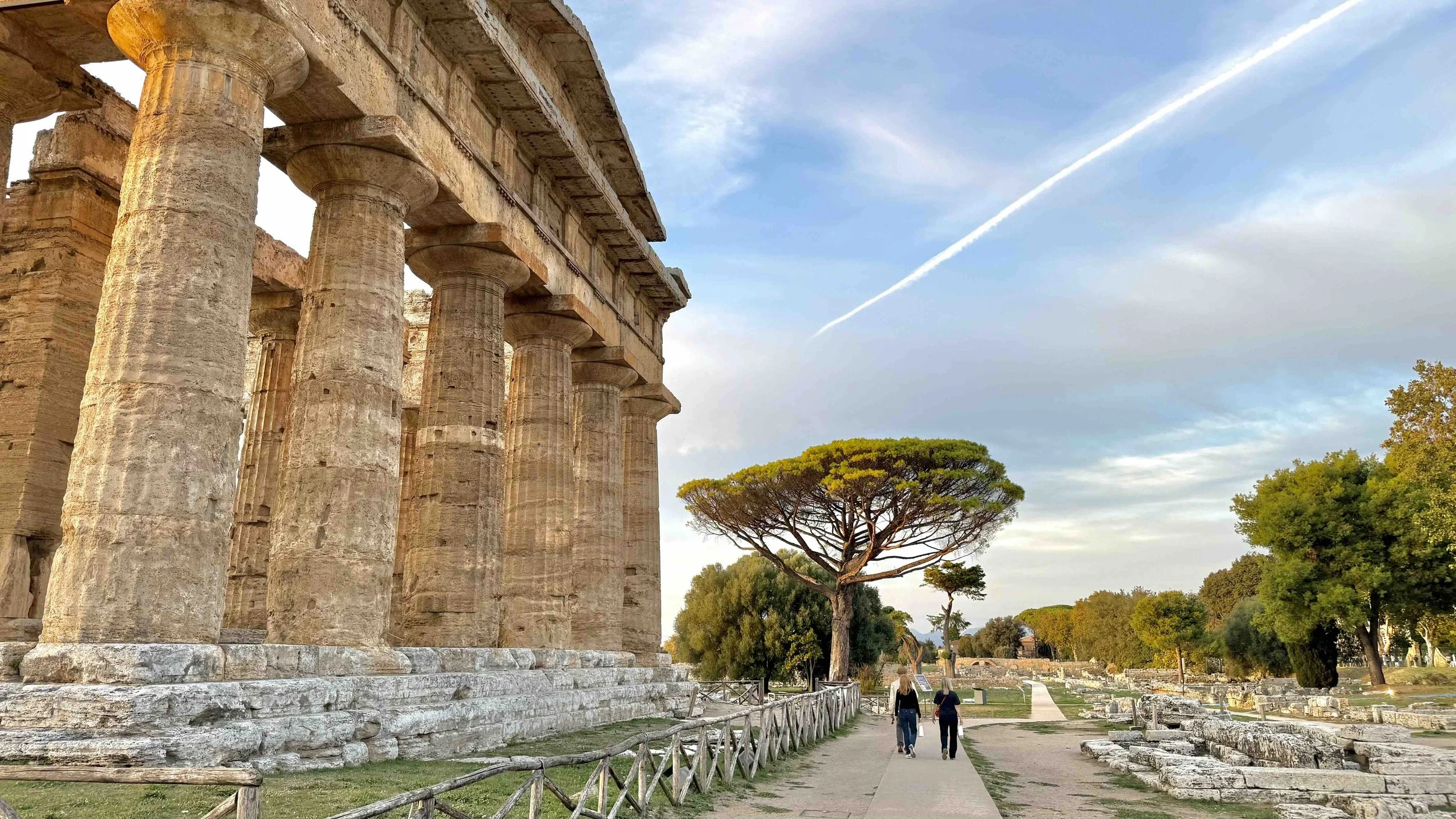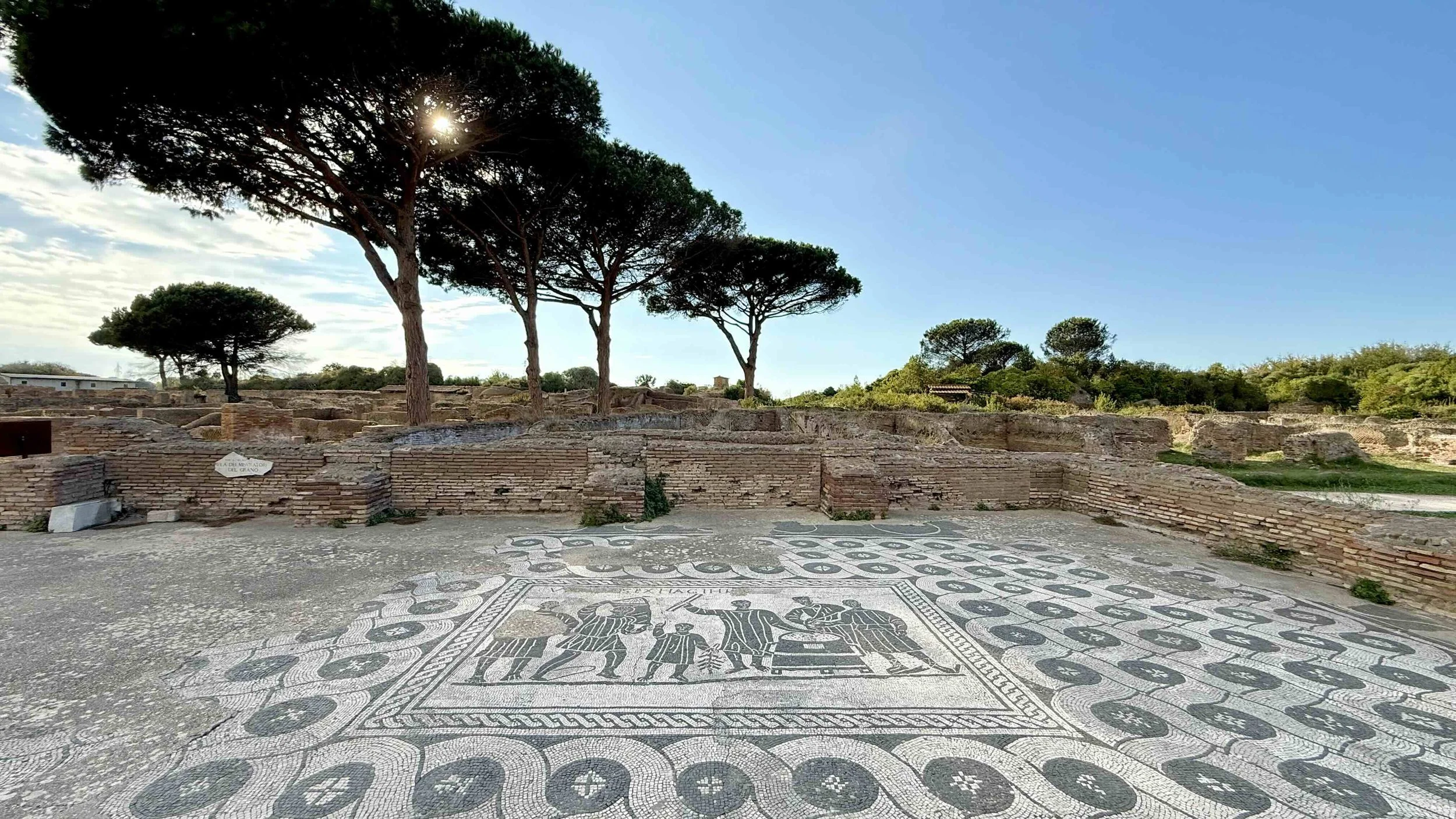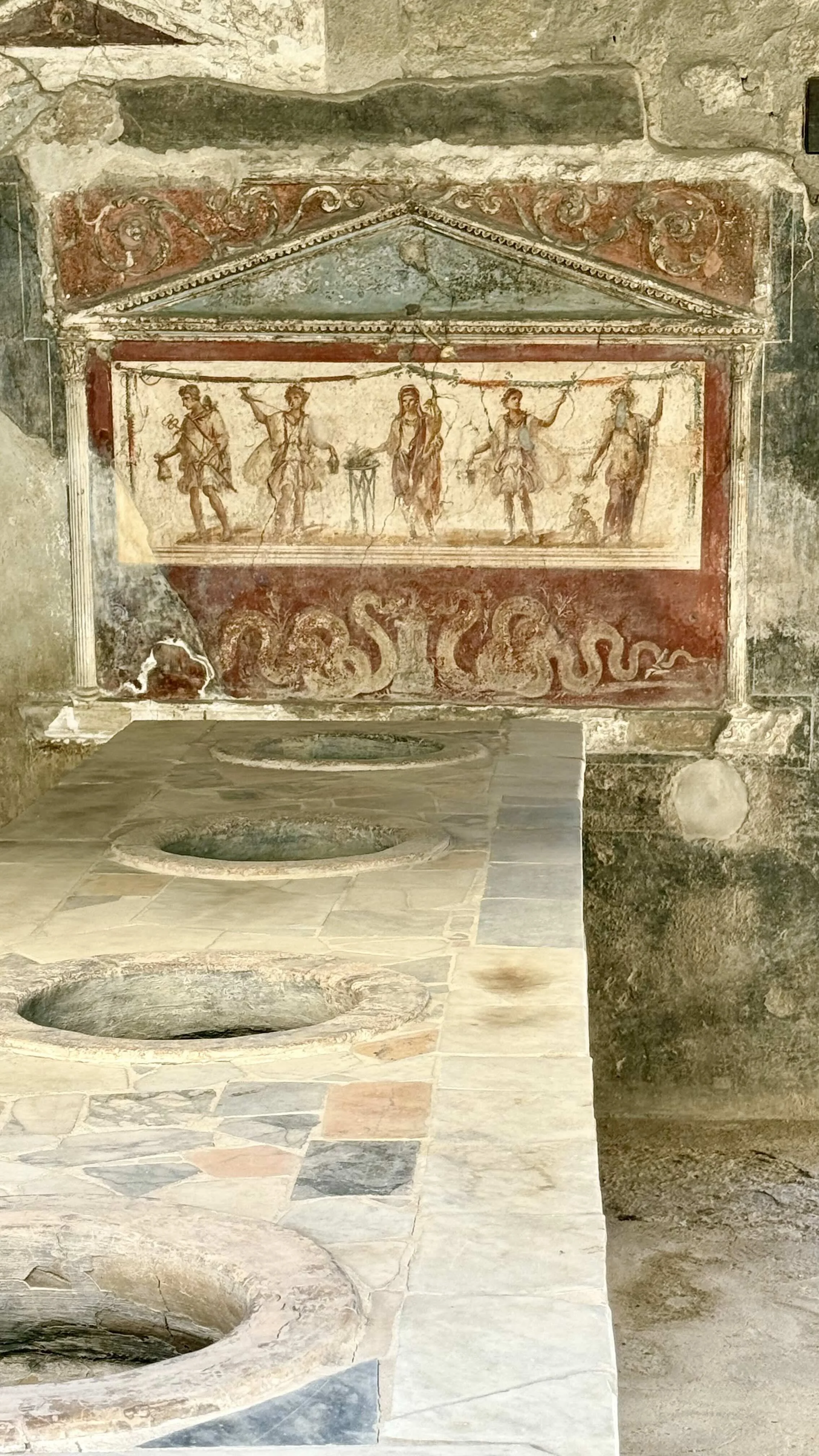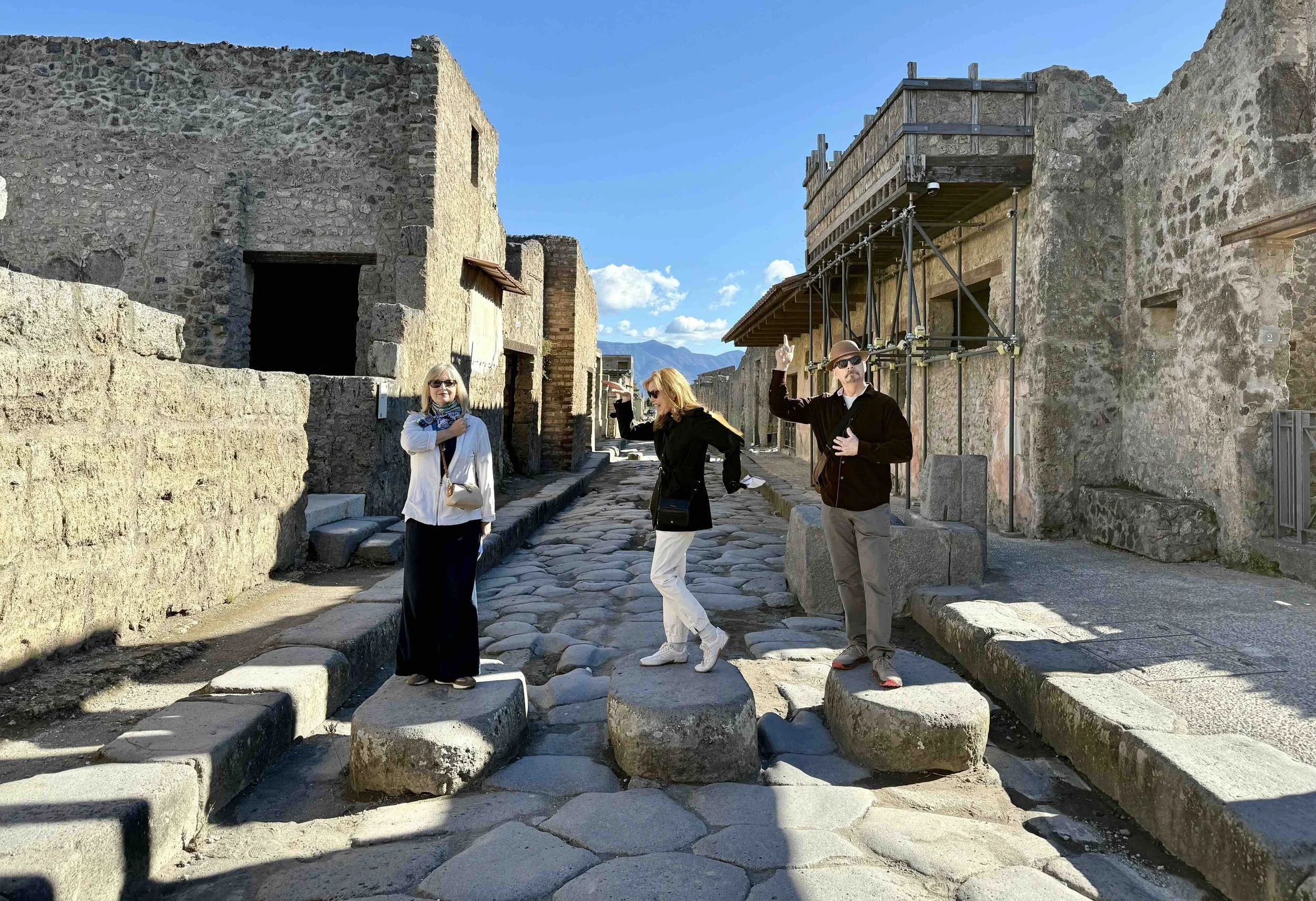Telling Stories That Last
I’ve just returned from three weeks in Italy filled with all the pasta, pizza, piazzas, personalities, and passion every visitor gleans from a place so overwhelmed by history and steeped in story. A highlight of this adventure included revisits to two ancient sites and one first-time visit of another, each with its own special gift for modern viewers like us. There's nothing like standing on the ancient stone foundations of a Greek temple or stepping gingerly across a perfect Roman mosaic floor to remind us that some stories are built to last. But why? And how can we create such lasting success in our own spoken communications?
Get to the point
The ruins of Paestum were relatively untouched by wars or sacking by foreign invaders. Pompeii was buried in 13-20 feet of ash, preserving so many stories in time and in situ. Ostia Antica was abandoned and raided down to the dirt covering floor mosaics that still speak today as if they were pieced together last week.
What all three sites have in common are simplicity and clarity of story, along with relevance and applicability to the audiences they served in their days. Locals needed supplies, shops sold them with simple, effective imagery that made accessing goods easy. Politicians deliberated and pontificated on clean, carefully worded documents any literate person could understand without getting mired in run-on content or endless explanation. When a story gets to its point quickly, without jargon or affect, the audience recognizes and connects with that story's value.
Feed the masses
One of the defining elements of winning #CorporateStorytelling is understanding our intended recipient so well that our message feels as if it were crafted just for them and their unique desire in that moment.
Lasting stories say, "I know you. I understand you. We speak the same language, share similar challenges, and seek like opportunities. Let me eliminate your stress and get you right where you want to go." That kind of message hits and sticks.
Our best communication is not about overwhelming deep dives, unnecessary complexity, or proving anything to anyone. It's about being of service, with obvious intent to help and uplift those on the receiving end of our story. Scan the paintings at Pompeii, smell the food in their restaurants, read the tile advertisements on forum floors at Ostia. Their stories are as clear now as when Caesars ruled. Ours should be too.
Bottom Line
To make a message that lasts, offer a story that's recognizable and approachable. Don't tell your audience what you want to say; tell them what they want to hear. Because the sooner they hear your value to them, the sooner they'll want to get that value into their own lives. And the sooner they'll view you as the one that can make that value real.
We all want our story to be the one that stands out from the crowd, rises above the rest, and becomes the most memorable. We achieve these goals by minimizing verbiage and maximizing payoff. Speak less, say more, and we can all tell stories that last.




